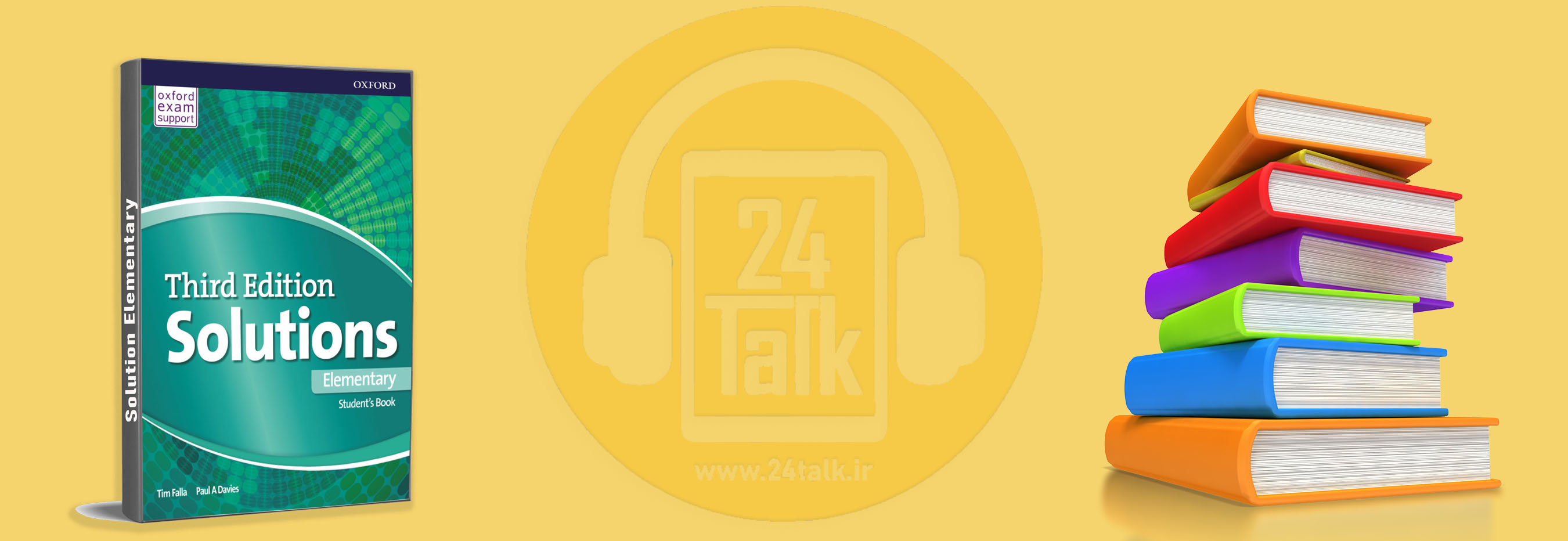پادکست BBC شماره 257 – The Earth’s core
پادکست BBC شماره 257
سلام با دویست و پنجاه و هفتمین سری از پادکستهای BBC 6 Minute English در خدمت شما هستیم.
برای اطلاع از هسته زمین با Rob و Alice سفر کنید. آنها بحث خواهند کرد که چقدر هسته زمین گرم است و از چه چیزی ساخته شده و اینکه آیا ممکن است دایناسورها در آنجا زندگی می کنند یا نه! و همچنین برخی ار واژگان مرتبط را آموزش میدهند.
در زیر کلمات کلیدی که باید با آنها آشنا شوید برایتان توضیح داده شدهاند:
core : (here) the Earth’s centre
core : در اینجا- مرکز زمین
dense : something which is heavy in relation to its size
dense : چیزی که نسبت به اندازه آن سنگین است
crust : the Earth’s outer layer (where we live)
crust : پوسته زمین- جایی که ما در آنجا زندگی میکنیم
mantle : the Earth’s layer beneath the ocean floors
mantle : لایه زمین زیر کف اقیانوس
silicate : material that glass is made of
silicate : موادی که شیشه از آن ساخته شده است
molten : liquid
molten : مایع
magnetosphere : area around the Earth in which the Earth’s magnetic field is felt
magnetosphere : ط میدان مغناطیسی زمین،منطقه اطراف زمین که در آن میدان مغناطیسی زمین احساس می شود
strip away : remove
strip away : حذف کردن
radiation : heat or energy or particles in the form of rays, e.g. the Sun’s rays
radiation : گرما یا انرژی یا ذرات به صورت اشعه ، به عنوان مثال پرتوهای خورشید
deflect : make something change direction
deflect : تغییر جهت دادن، منحرف کردن
Transcript of the podcast

پادکست BBC 6 minute English – The Earth’s core
Rob
Hello and welcome to 6 Minute English. I’m Rob…
Alice
… and I’m Alice. Hello.
Rob
Hi there, Alice! Now, have you read any books by Jules Verne?
Alice
Yes, I have. Journey to the Centre of the Earth was my favourite book as a child! A German Professor and his two companions climb down a volcano in search of the Earth’s centre – or core. They visit strange lands inhabited by dinosaurs and giant prehistoric humans, and sail across an underground ocean.
Rob
Hmm. Very exciting but it doesn’t sound very realistic. How do they get out again?
Alice
Well, they shoot to the surface from the mouth of Mount Etna during a volcanic eruption.
Rob
Wow! That sounds very uncomfortable! Well, on today’s show we’re going to discuss what scientists really know about the Earth’s core.
Alice
Yes. The Earth has a dense inner core surrounded by a fluid outer core. Dense, by the way, means heavy in relation to its size. But, Rob, I’ve got a question for you as usual: how big do you think the inner core is? Is it the size of …
a) the Moon?
b) Jupiter?
or c) Mars?
Rob
Right! Well, I haven’t a clue to be honest so I’m going to take a guess and say c) Mars.
Alice
Well, we’ll find out later on in the show if you’re right. But before we get there, let’s find out a bit more about what the Earth is made of.
Rob
Well, the Earth has layers, a bit like an onion.
Alice
I like your technical language, Rob!
Rob
But I’m trying to keep things simple for you, Alice!
Alice
Thanks.
Rob
It has a thin outer layer or crust where we live. And this includes our continents and the ocean floors. Then beneath that there’s another layer called the mantle. And beneath that, is the Earth’s core – over 6000km below the surface.
Alice
Right. But what’s the Earth made of, Rob?
Rob
It’s a good question. And it depends on which layer you’re talking about! The crust and mantle are rock and contain a lot of silicate – which is the same stuff that glass is made of. But the outer and inner parts of the core mainly consist of iron.
Alice
And the core is very hot. Am I right?
Rob
You are indeed. The professor and his companions wouldn’t have survived very long down there! The outer core is a swirling mass of molten – or liquid – metal and it’s as hot as the surface of the Sun!
Alice
Wow! That must be so hot! Right. Let’s listen now to Simon Redfern talking about the inner core and what’s happening in there.
Simon Redfern, Professor of Mineral Physics at the University of Cambridge
And so over time, the planet has started to cool. And as it cools, eventually at the centre of the Earth, the highest pressure point, we pass over the crystallization temperature – the freezing temperature of iron – and iron starts to freeze at the centre of the Earth. And you get a crystal of iron right in the middle that starts to grow.
Alice
I’m a bit worried that the Earth is freezing in the middle!
Rob
Don’t worry, Alice! In this case, because of the incredibly high pressure in the core, the freezing point of iron is actually about 6000 degrees! And the iron has been cooling down and crystallizing for a billion years – and at a rate of just half a millimetre every year.
Alice
Ah well, yes, that sounds like slow progress.
Rob
Certainly. Now moving on, we should also talk about the fact that it’s the liquid iron outer core that generates magnetic fields – and it’s thanks to these magnetic fields that life on Earth is possible. Let’s hear more about this.
Melvyn Bragg talks to Arwen Deuss, seismologist at Utrecht University
Deuss: Well, the magnetic field is very important because it protects us against cosmic radiation so that’s one really…
Bragg: How does it do that?
Deuss: It just creates a shield, which will just deflect the cosmic rays from the Sun to actually reach us at the surface. So it protects us.
Bragg: So it goes up there…
Deuss: Yeah, so you would see that the radiation kind of goes right into the Earth and not actually reach us.
Alice
So there’s a magnetic field round the Earth that protects us from the Sun’s cosmic rays. I’d like a magnetic field round me. It could be my superpower – like in X Men!
Rob
Calm down, Magneto. Now the magnetosphere is the area around the Earth in which the Earth’s magnetic field is felt. It protects us from the Sun’s radiation and the flow of particles, which would otherwise strip away – or remove – the Earth’s atmosphere.
Alice
Right, I see. And what does ‘radiation’ mean?
Rob
Well, radiation means heat or energy or particles in the form of rays – in this case, the Sun’s rays.
Alice
OK. And ‘deflect’?
Rob
To deflect means to make something change direction.
Alice
Right, I see. Thank you. Now, Rob, I asked you, do you remember, at the beginning of the show, how big is the Earth’s inner core? Is it the size of … a) the Moon? b) Jupiter? or c) Mars?
Rob
Yes, and I had a wild guess and I said c) Mars.
Alice
Yes. And I’m afraid that’s wrong, Rob. The answer is a) the Moon. Would you like to shape up and tell us which words we learned on the show today?
Rob
Of course. Good idea. We heard:
core
dense
crust
mantle
silicate
molten
magnetosphere
strip away
radiation
deflect
Alice
Yes. Thank you, Rob. Well, that’s the end of today’s 6 Minute English. We hope you enjoyed our core vocabulary! Please join us again soon.
Both
Bye.
برای شنیدن دیگر پادکست ها، به بخش پادکست در مرکز آموزش رایگان مراجعه نمایید.







